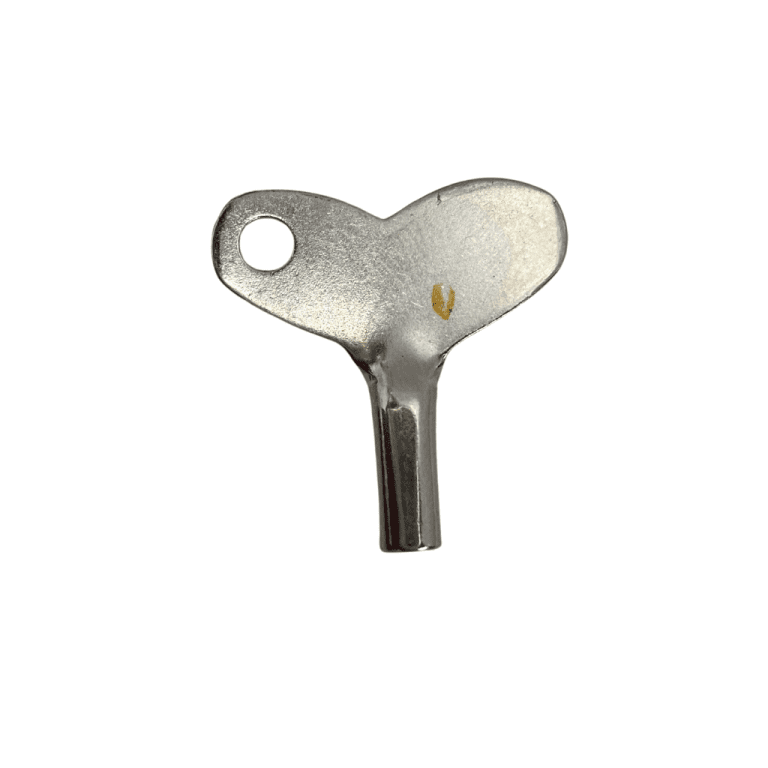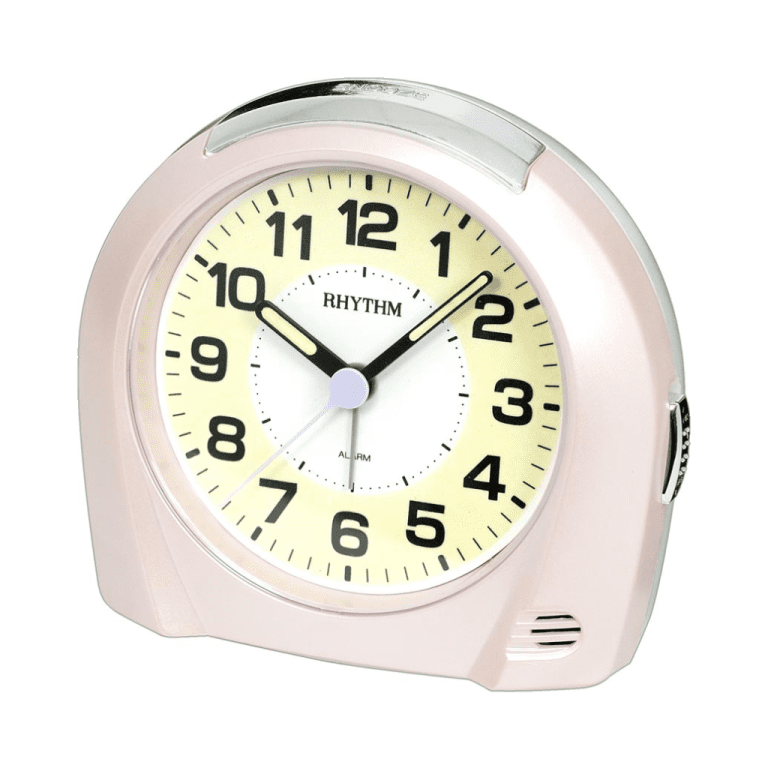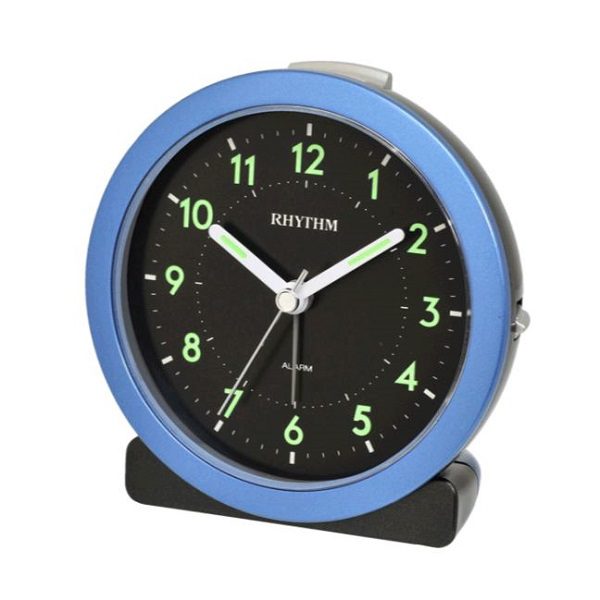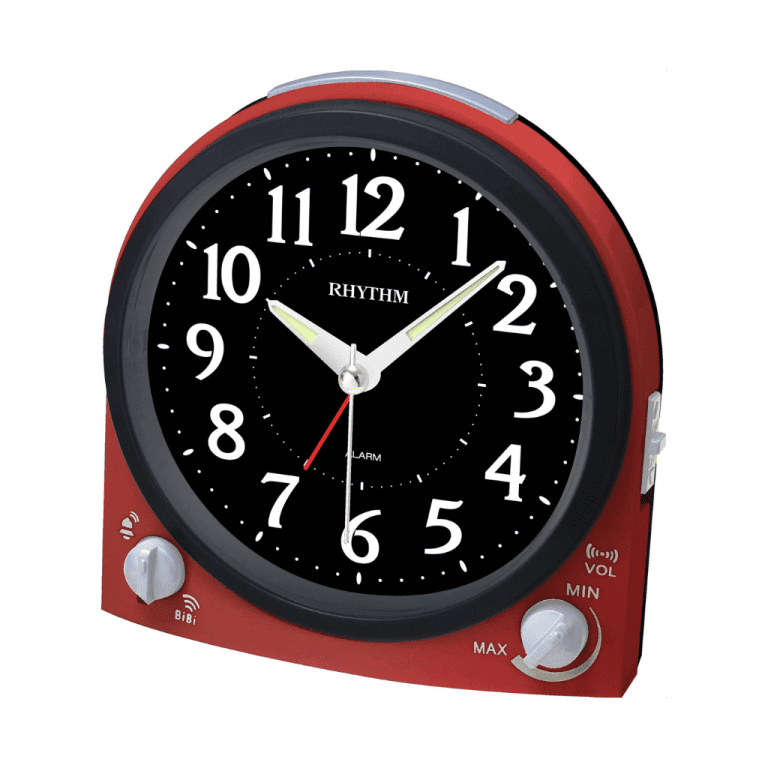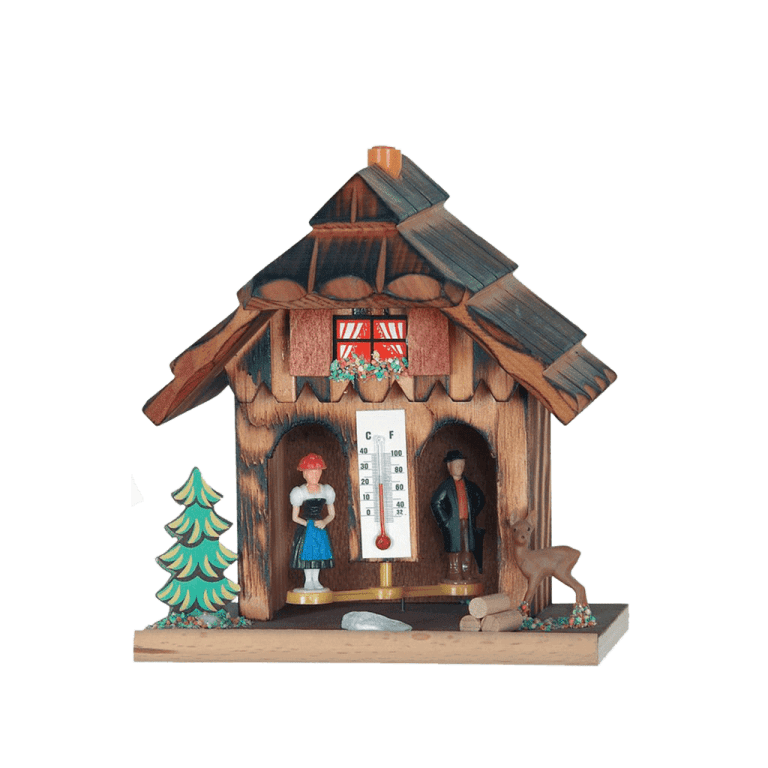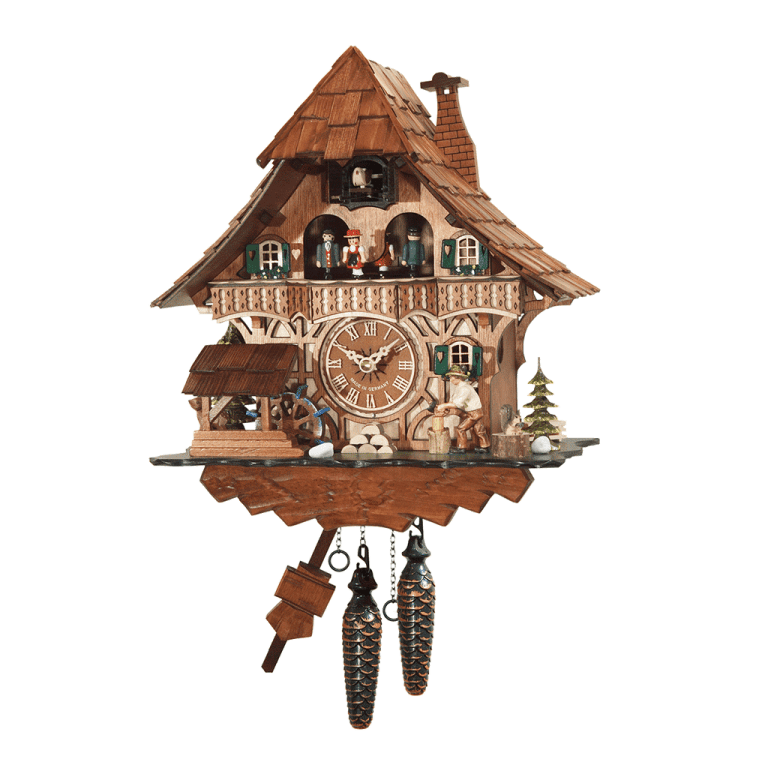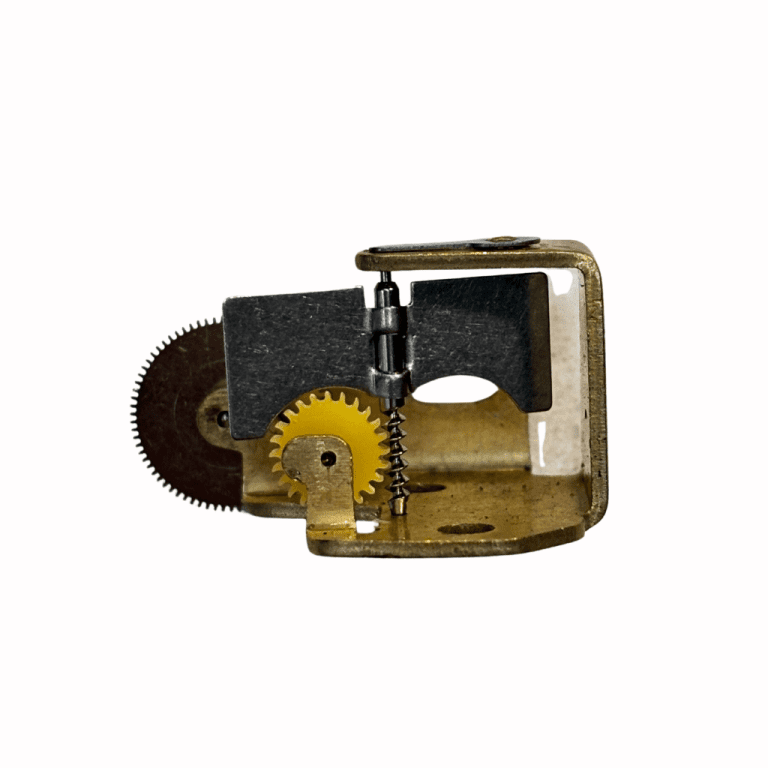While there are a plethora of functional men’s wristwatches out there from rubber sport watches you’d wear while running a 5K to tactical digital watches with a bunch of wiz-bang features, we’re going to focus on wristwatches you’d wear to class up an outfit. Sure, functional watches serve a purpose in a man’s life, but they just don’t look that great with a suit or at the office.
When it comes to stylish men’s wristwatches, there are basically five types: dress, field, diver, aviator, and racing. We’ve compiled dossiers on each one.
Dress Watch
History/Pedigree/Personality: Birthed in the early 20th century for well-to-do gentlemen who wanted to start wearing their timepiece on their wrist, rather than in their pocket. The dress watch is all about simplicity and sophistication; it’s sleek rather than encumbered. It’s not flashy, and draws attention to itself in a subtle way — for its classiness and how it compliments your get-up.
Signature Features:
- Size: Typically thin (to make it easy to slip in and out of a dress shirt cuff).
- Case: May be circular, rectangular, or square. High-end varieties are typically made from precious metals like gold or silver.
- Face: Dial displays simple hour indexes (the numbers, or symbols for numbers on the watch face) such as saber-style indexes (those little lines), Roman numerals, or small Arabic numerals.
- Band: Always leather. Though some companies offer both leather and metal band options with their dress watches, leather is the classic way to go.
- Complications: Little to none. At the most, a date and/or moon display.
When to Wear: As the name implies, you wear a dress watch for dressier, more formal occasions like with a business suit or a tuxedo (though, there’s debate as to whether you should ever wear a watch at all with black tie). But you can also wear a dress watch with everything on down to sharp casual. It won’t pair well with a t-shirt and jeans.
Field Watch
History/Pedigree/Personality: The field watch is the descendant of the WWI “trench watch,” which was designed for officers who needed to coordinate attacks, tell time at night, and sport a wristwatch that could withstand the rigors of battle, all while still looking good. Field watches continue to evince a military-esque vibe and are rugged, functional, and stylish all at the same time.
Signature Features:
- Size: Small to medium. Large watches would just get in the way while you’re doing battle in the trenches of war, or business.
- Face: Functional, easy-to-read numerical indexes — typically a white dial and black numbering, or a black dial with white numbering. The hands on field watches often illuminate to enable time checks at night.
- Case: Typically stainless steel or sometimes titanium (they’re supposed to be rugged, after all!). Field watches sometimes include a feature called “hacking seconds” where you can stop the second hand by pulling the crown out; this makes it easier to set the watch to a reference signal, or synchronize it with another.
- Band: Leather or canvas strap. Metal is too heavy and would easily scratch with the kind of regular, rough and tumble use a field watch is designed for.
- Complications: Typically none, or date only.
When to Wear: Field watches are quite versatile and can be worn on all kinds of adventures as well as for everyday casual wear or even business casual. So everything from jeans and a t-shirt, to a sports coat and khakis. For men, especially younger guys, who don’t get dressed up in a suit very often, a field watch is probably your best bet; its simple, rugged style may best match your personality and lifestyle.
Dive Watch
History/Pedigree/Personality: Next to the field watch, the dive watch is probably one of the most common watch types you see men sporting. And we likely have James Bond to thank for that. Ever since Dr. No, 007 has been sporting a dive watch of some kind or another. In the early Bond films, it was a Rolex Submariner (which is why the dive watch is sometimes called a “submariner”); then Pierce Brosnan turned the Omega dive watch into Bond’s timepiece of choice.
As the name suggests, the dive watch was designed for individuals who spend a lot of time in or near water. Their primary selling point is that they’re water resistant. The first iteration of what became the dive watch was likely the Rolex Oyster, which was introduced in the 1930s. With its hermetically sealed case, it was one of the first water resistant watches on the market.
In the 1950s, Rolex board member René-Paul Jeanneret wanted a watch that would be useful for when he went diving (a hobby he actively pursued) but still looked good as an everyday time piece. The Rolex Submariner was born and the standard for dive watches everywhere was set. Most dive watches on the market today take their design cues from the Submariner.
Signature Features: A dive watch is first and foremost water resistant. The standard for a dive watch is to be water resistant up to at least 100m, though some keep ticking at even lower depths.
Since it’s designed to be worn in the water, both the case and the band of dive watches are made from corrosion-resistant metals like stainless steel or titanium. (You’ll of course see dive watches made from rubber and silicone, too. They’re just not as classy looking.)
- Size: Medium.
- Face: Typically bold, easy-to-read, Arabic numbering, though the 12-hour numerals are often replaced with hash marks, with the seconds displayed in 15-second increments. To protect the watch face while deep underwater, sapphire or hardened mineral glass is used.
- Case: A defining feature of the dive watch is the uni-directional bezel included on the case — it will only rotate counter-clockwise. The rotating bezel allows a diver to know with just a glance at his watch how long he’s been underwater. Here’s how it works: when the diver enters the water, he rotates the bezel so that the “0” lines up with the minute hand. After that, the minute hand will point to the marking on the bezel that shows how long he’s been in the water.
- Band: Metal, and usually longer than other watches’ bands, as it was originally designed to fit around bulky dive equipment.
- Complications: Typically date only.
When to Wear: While the dive watch was designed for underwater use, its all-metal casing and band, plus its iconic heritage, make it a suitable wristwatch for versatile everyday wear. You can don it with your sports wear, casual wear, business causal wear, and business formal wear. And if you take your style cues from James Bond, you can even get away with wearing a dive watch with a tux.
Examples:
- Seiko Diver’s Watch
- Citizen Promaster
- Steinhart Ocean One
Pilot Watch
History/Pedigree/Personality: Wristwatches have been a part of aviation since its inception. In fact, one of the first purpose-specific men’s wristwatches ever made was for a pilot friend of Louis Cartier back in 1904 (the iconic Santos watch).
In the decades after, watchmakers built on that original design to make timekeeping easy for pilots taking off into the wild blue yonder, most notably with the addition of a chronograph. Back in the 1930s, the Swiss company Breitling made onboard chronographs for planes in the Royal Air Force so pilots could determine their speed, distance traveled, and fuel consumption. In the 1940s, they decided to put their chronograph on a wristwatch — creating the Breitling Chronomat, as well as the mold for future aviator watches.
Signature Features: Unlike other men’s watch styles, the pilot watch doesn’t have a firm, distinctive style; the features of timepieces marketed as “aviator watches” can widely vary. That being said, the following are the features that are most common to this type of watch:
- Size: Medium to large.
- Face: Designed for easy reading, even in a dark cockpit, pilot watches sport an oversized dial with clean, legible numbers and luminous hands. To make reading the time even easier, the dial is usually black with white numbering.
- Band: Often, though not always, made of leather. Longer than average, as the band was originally designed to fit around the cuff of a pilot’s flight jacket.
- Complications: Date and sometimes a chronograph.
When to Wear: The size and more casual look of pilot watches make them a good fit for more casual get-ups, but not for black tie and formal business wear.
Racing (or Driving) Watch
History/Pedigree/Personality: Car racing and wristwatches have been linked together since the 1930s. That’s because racecar driving relies on accurate timekeeping to measure the outcome of the race. Rolex was one of the first companies to capitalize on this need for accurate timepieces by outfitting top drivers with their famous Oyster watch back in the 1930s.
But it was TAG Heuer that created the standard for racing watches by adding a chronograph and tachymeter — the two defining features of a driving watch. The first TAG Heuer chronographs were made in the 1930s and 1940s for pilots in the Luftwaffe, but by the 1950s and 1960s, racecar drivers were wearing them to measure their speed and distance. TAG Heuer cemented its racing bona fides when actor Steve McQueen wore their Monaco 1133 in the 1971 film, Le Mans.
Signature Features:
- Size: Medium to large.
- Face: Large dial (to make room for the chronograph), with clear Arabic numerals. Often includes bright, contrasting colors.
- Case: Designed to withstand the rigors of auto racing, the case is typically made from stainless steel.
- Band: Leather or metal.
- Complications: Chronograph and sometimes the date.
When to Wear: Racing watches tend to be flashier looking than dive or pilot watches. Because of their bold look, they’re more suitable for casual than formal wear.
Picking the Perfect Watch For Your Hand Size
One of the factors to consider in choosing a watch is how well proportioned the watch is to your wrist and hand. If it’s too big for your wrist, it will stand out and look garish; too small and it will look like you’re wearing a lady’s timepiece.
The general rule is if the circumference of your wrist is 6 to 7 inches, you want to go with a watch that has a case diameter of 38-42 mm wide. If your wrist is larger than 7 inches, then you can go with cases that are 44-46 mm wide.
The best way to figure out if a watch is proportional to your wrist and hand is to try it on and eyeball it. Ask friends and family for their opinion.
Of course, watches are statement pieces. So if you want to go with the giant, rap-mogul watch, go right ahead. Just understand that by doing so, you’re communicating to the world that conspicuous consumption is important to you.
Credited to:www.artofmanliness.com/






